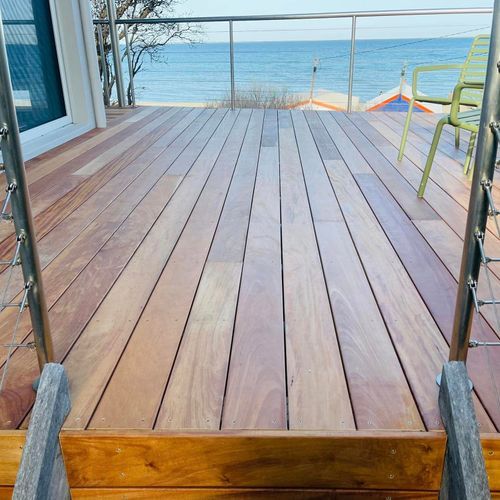- CategoryTimber Decking
- RangeTimber Decking Suppliers
More from Melbourne Composite Decking & Cladding - Mornington Timber and Decking
About the
Seller
We offer Melbourne’s largest display of fully laid composite decking! Welcome to Melbourne Composite Decking & Cladding, we are your go-to experts for all things decking. Whether you're looking for composite decking, timber decking, outdoor furniture, or screening, we have a wide selection of top-quality products to choose from. Our team has years of experience working with professionals and homeowners alike, so you can trust us to help you select the perfect materials for your project.
Located conveniently in Mornington, we service both the Mornington Peninsula and wider Melbourne area. From decking installation to timber screens and picnic tables, we have everything you need to transform your outdoor space into a haven. At Melbourne Composite Decking & Cladding, we take pride in hand-picking each product we offer to ensure the highest quality for your decking and outdoor furniture needs. Let us help you bring your outdoor space to life.
- ArchiPro Member since2024
- LocationView address
- More information


